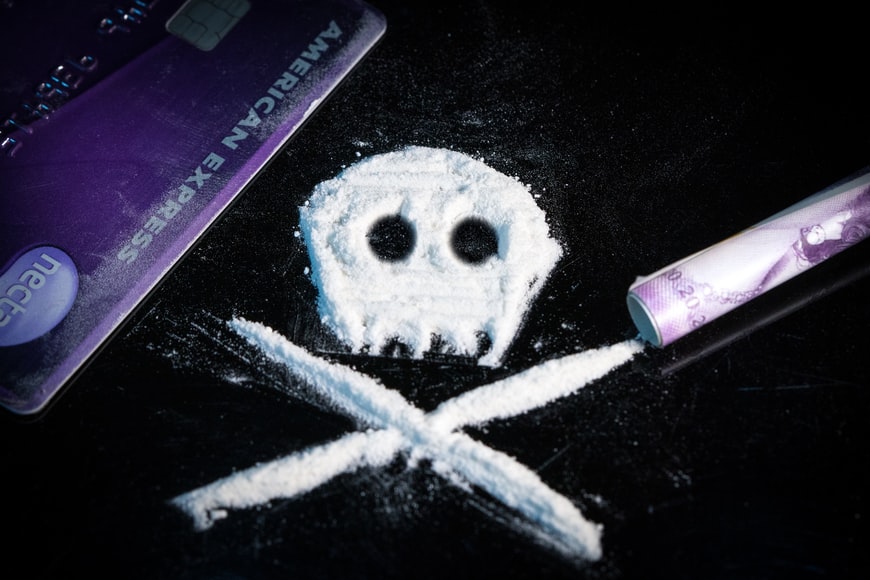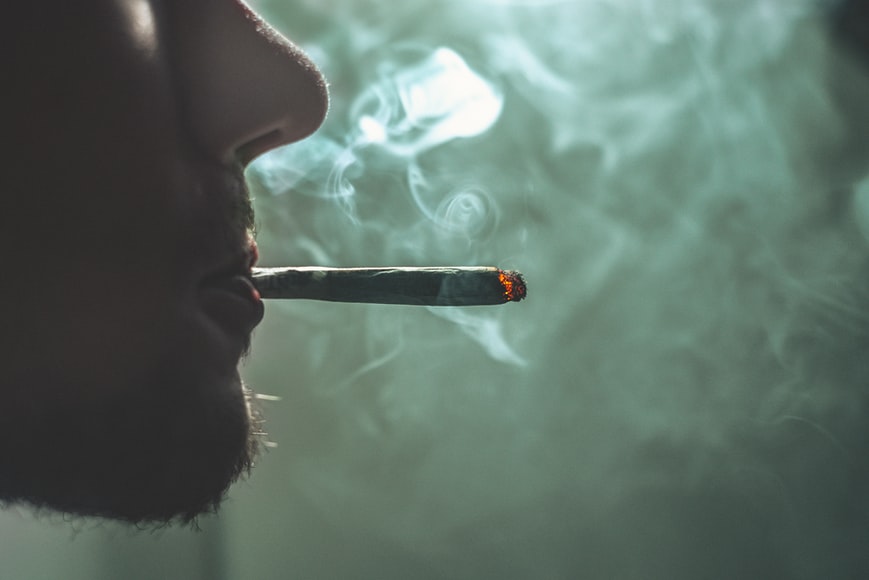Signs And Symptoms Of Substance Abuse
Substance abuse affects millions of people around the world. It doesn’t only affect the user, but it also affects those around them, especially loved ones. According to the World Drug Report, 35 million people worldwide are affected by substance use disorders (SUD). It’s recognized as a mental or medical brain disorder that affects a person’s behavior and affects their brain, even their ability to control their use of substances.
Many may think of substance abuse as the abuse of illegal substances like cocaine, methamphetamine, heroin, and marijuana (depending on the country). However, people may also abuse legal substances such as nicotine, prescription medication (anxiety pills, pain pills), alcohol, and others. Prescription opioids and alcohol are the most common legal drugs of abuse.
Contents
Factors Contributing To Substance Abuse

There are many factors that increase the risk and vulnerability to substance abuse. These include limited education, poverty, genetic vulnerability, social pressure, psychiatric problems, and social marginalization. Nonetheless, there are signs and symptoms that you can learn to recognize.
Substance abuse manifests itself differently in teens and adults. Teenagers are more vulnerable to substance abuse than adults, and there are many reasons why. Some of these reasons include peer pressure, boredom, curiosity, low self-esteem, availability, and stress management. Regardless of the reasons, you can always recognize the signs and seek help. Click here for more on treating substance abuse.
Signs And Symptoms Of Substance Abuse
Most people with an addiction don’t realize it until it has happened. However, there are common signs and symptoms among people with an addiction.
Signs of substance abuse include:
a. Tolerance
People who are addicted to a drug build up a tolerance for the substance. This means that the users will need to use a high dose of the drug to achieve the same effect as when they first used the substance.
Additionally, having a high tolerance increases the risk of dependence, addiction, and overdose. Therefore, if a person is using a substance more than the recommended amount or several times a day and more than three consecutive days a week, it could be an indication of substance abuse.
b. Substance Dependency
People who are dependent on a substance may reach a point where they’re aware of their dependency but won’t stop the drug regardless of the impact it has on your body, mind, and family. They tend to spend a lot of money, energy, or time on a drug.
c. Withdrawal From Social And Recreational Activities
Social withdrawal is common among people with an addiction problem. They tend to remove themselves from situations or opportunities for social interactions.
d. Withdrawal Symptoms
People who are addicted or dependent on a substance may experience physical and emotional withdrawal symptoms. Physical symptoms may include nausea, fatigue, feeling hot and cold, irritation, goosebumps when trying to cut down or stop using a drug that they’re addicted to, and others. Meanwhile, emotional withdrawals include anxiety, suicidal thoughts, depression, and insomnia(check out our guide for a long-term solution to Insomnia). Withdrawal symptoms can last for days and even months.
Symptoms of substance abuse include:
- The need or feeling to use a substance several times a day
- Inability to control or cut down on the use of a drug or alcohol
- Craving to use a substance
- The dependency on a drug or alcohol interferes with your daily life like home duties, school, work, or relationships
- Excess confidence
- Rapid speech
- Feeling of exhilaration
Substance abuse may present itself differently depending on the drug and person. The signs and symptoms can be grouped into behavioral and physical signs.
Behavioral Signs Of Substance Abuse

Substance abuse tends to change the way a person behaves and their habits. It can impact their ability to think clearly and their focus. Behavioral signs include:
- Involvement in criminal activity
- Increased aggression or irritability
- Sudden changes in a social network
- Depression
- Changes in personality/attitude
- Dramatic changes in habits and/or priorities
- Changes in appetite
- Hallucinations
- Delusions
- Anxiety
Some of these behavioral signs may be easy to spot and some may take time to see. However, it’s important to note that some people who may exhibit some of these signs may not be going through a substance issue, but it could be a different issue.
Physical Signs Of Substance Abuse
Physical signs of substance abuse may be easy to notice depending on the type of drug and the method used to take the substance. However, there are still signs or changes in appearance that can be indicators of substance abuse. These include:
- Problems sleeping or sleeping too much
- Bloodshot or glazed eyes
- Abrupt weight changes
- Dental issues
- Dilated or constricted pupils
- Changes in hygiene
- Skin changes
- Needle marks
- Drowsiness
Types Of Drugs

Some of these changes in appearance could be a result of the method used to take a substance. And spotting some physical signs could take time. However, below is a more specific list of the symptoms and signs to look for among users:
1. Cannabis And Hashish
People who use or are addicted to this drug may experience a sense of euphoria or feel high. They may also exhibit red eyes, difficulty remembering or concentrating, decrease coordination, dry mouth, slow reaction, paranoia, and munchies. This could affect their performance at work or school and even their relationship with friends or family.
2. Stimulants (Cocaine And Methamphetamine)
Stimulants like cocaine are very addictive and vary from one individual to the next. Common symptoms of cocaine abuse include a feeling of euphoria, mood swings, anxiety, restlessness, engaging in risky behaviors, hypertension, and others. Some of the signs include lying about drug use, increased alertness and energy, always in need of money, paranoia, irritability, and even hallucinations.
3. Hallucinogens (LSD And Mushrooms)
Drugs like lysergic acid diethylamide (LSD) can cause a person to hallucinate, have tremors, rapid shifts in emotions, exhibit impulsive behavior, increased heart rate, dissociation, and flashbacks. The effects of most hallucinogens last around eight to ten hours.
People who are addicted to drugs like LSD develop a tolerance for the drug quickly. Moreover, users may take a high dosage of the drug in order to achieve the level of intoxication they’ve previously experienced. This could be dangerous and have a negative psychological side effect.
4. Opioids (Heroin, Painkilling Drugs, And Opium)
Opioids are a class of drugs that include codeine, methadone, heroin, and others. Opioid drugs are synthetically made or come from opium. People addicted to opioids may have been prescribed the drug for treating an illness or injury.
Additionally, users may ingest the drugs orally (pill form or lollipop), injection, or IV. Users may exhibit signs and symptoms like lack of motivation, anxiety attacks, shallow breathing, physical agitation, abandoning responsibilities, and mood swings. The list of signs and symptoms is long, but it’s easier to spot the short-term effects of different substances.
5. Inhalants (Glue And Petrol)
Inhalants are substances found in household products such as cleaning fluids, paint thinners, lighter fluid, petrol, and glue. These products are consumed through the nose or mouth by sniffing or snorting, bagging, and huffing. Moreover, these products produce a chemical vapor that can cause an altered state of mind or psychoactive effects. They affect the body and mind.
Users may exhibit signs and symptoms like headaches, drowsiness, anxiety, impaired memory, rashes around the nose or mount, watery eyes, nausea, difficulty seeing clumsiness, and an unusual number of spray cans in the trash. Inhalants can even result in heart failure and death if high concentrations of chemicals are sniffed for a prolonged period.
6. Alcohol Abuse
Alcohol abuse is the most common type of substance abuse. People who abuse alcohol often exhibit signs like smelling of alcohol, bad coordination, slurred speech, are often sleepy, confused, and aggressive, and in social situations, they behave recklessly. Some of these reckless behaviors include drinking and driving, drinking at work or school, and missing important events in order to drink.
Substance Abuse Or Mental Illness?
When a person has a mental health and substance abuse problem, it’s known as a co-occurring disorder. Although the two may have their own symptoms and signs, the two problems share some similarities, making it hard to distinguish between the two.
The two issues may affect your ability to function, relate to others, and keep stable relationships at work or home. The most common co-occurring disorders seen with substance abuse include eating, anxiety, bipolar, post-traumatic stress disorder (PTSD), attention deficit hyperactivity disorder (ADHD), schizophrenia, and personality disorders.
However, it’s important to note that some substances can trigger new symptoms or even increase mental illness symptoms. The two issues need to be treated with the right treatment program. Some treatment programs like group counseling and medication can help reduce the symptoms of both issues.
Conclusion
Substance abuse can have long-term effects like cancer, weight loss, liver disease, brain damage, mental illness, and more. Therefore, if an addiction becomes gets out of control or is difficult to quit, see a doctor as soon as possible. Treatment for substance abuse may differ for each person and the type of substance. However, stigma and discrimination may be a barrier to treatment for those in marginalized groups. However, it shouldn’t stop you from seeking help. If you or a loved one is affected by substance abuse, act immediately and seek help.
Read Also:
- Marie Antoinette Syndrome: Causes & Treatments
- How Effective Are Tadalafil for ED Treatment
- 10 Major Benefits Of Completing A Drug Rehabilitation Program
- A Complete Guide on How to Use Ashwagandha



